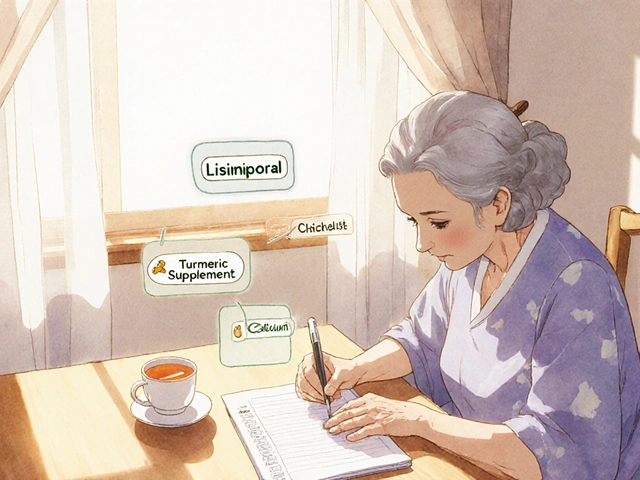Premature Ejaculation – What It Is and How to Fix It
If you find yourself finishing sooner than you want, you’re not alone. Premature ejaculation (PE) is when a man reaches climax in under a few minutes or can’t control it enough to feel satisfied. It affects about one in three men at some point, so it’s more common than you think. The good news? Most cases have easy fixes or treatments you can try right away.
What Triggers PE? – Simple Causes You Can Spot
PE usually boils down to three big groups of reasons: the mind, the body, and habits.
Mind‑related factors: Performance anxiety, stress, or even a recent breakup can make you nervous in the bedroom. When the brain’s on high alert, the body often reacts fast, leading to early climax.
Physical factors: Hormone imbalances, thyroid problems, or inflammation of the prostate can speed things up. Some men also have a naturally low threshold for nerve signals, which means they feel the urge to ejaculate quicker.
Everyday habits: Heavy alcohol use, smoking, or a sedentary lifestyle can mess with blood flow and nerve function. Even watching a lot of porn can train your brain to expect fast finishes.
Spotting the cause is the first step because the right fix depends on what’s driving the rush.
Practical Ways to Slow Down – DIY Tips You Can Try Tonight
Before you rush to a doctor, try these low‑cost tricks. They work for many men and can be done without any prescription.
Start‑stop technique: When you feel the urge building, pause stimulation for about 30 seconds, then start again. Over time you learn to recognize the warning sign and hold back.
Squeeze method: Just before you’re about to ejaculate, gently squeeze the head of the penis for a few seconds. This reduces the urge and lets you keep going.
Focus on breathing: Deep, slow breaths keep the nervous system calm. Try counting to four as you inhale, hold for four, then exhale for four.
Use condoms: Thicker condoms dull sensation a bit, which can help you last longer. Pick a brand designed for “extended pleasure” if you’re worried about losing too much feeling.
Pelvic floor exercises: Tighten the muscles you’d use to stop pee mid‑stream, hold for five seconds, then relax. Do a set of ten a day – stronger muscles give you better control.
When DIY Isn’t Enough – Medical Options
If home tricks don’t cut it after a few weeks, talk to a doctor. They can recommend proven treatments that target the root cause.
Topical anesthetics: Creams or sprays with lidocaine or prilocaine numb the tip of the penis. Apply 10‑15 minutes before sex and rinse off excess. Most men notice a longer lasting experience without losing pleasure.
Oral medications: Certain antidepressants (SSRIs) like paroxetine or the fast‑acting dapoxetine delay ejaculation by tweaking serotonin levels. They’re taken daily or on demand, depending on the drug.
Therapy: Cognitive‑behavioral therapy (CBT) helps break the anxiety‑ejaculation cycle. A therapist can guide you through coping strategies and relationship communication.
Remember, these options are safe when prescribed, but never self‑medicate. Side effects vary, so a quick chat with your physician keeps you on the right track.
Lifestyle Tweaks That Make a Real Difference
Healthy habits boost any treatment plan.
Cut back on alcohol and quit smoking – both improve blood flow and nerve health. Aim for regular exercise; even a 30‑minute walk each day can lower stress and raise testosterone levels.
Get enough sleep. Poor rest spikes cortisol, a stress hormone that can worsen PE. Aim for seven to nine hours a night.
Finally, keep the conversation open with your partner. Sharing worries reduces pressure and often improves performance faster than any pill.
Premature ejaculation is frustrating, but it’s also fixable. Identify the cause, try simple techniques, and don’t hesitate to seek professional help if needed. With the right mix of habits and, if required, medical support, you can regain confidence and enjoy a more satisfying sex life.

Effective Alternatives to Priligy for Premature Ejaculation 2024
- By : Archer Hamilton
- Date : Oct 27 2024
For those seeking alternatives to Priligy in 2024, this article explores six options. From SSRIs like Paroxetine and Sertraline to the versatile topical solution, EMLA Cream, each alternative offers unique benefits and drawbacks. Tramadol and Clomipramine provide additional options, while Fluoxetine serves as another SSRI choice. The article provides a balanced overview, helping readers decide which treatment best suits their needs.





